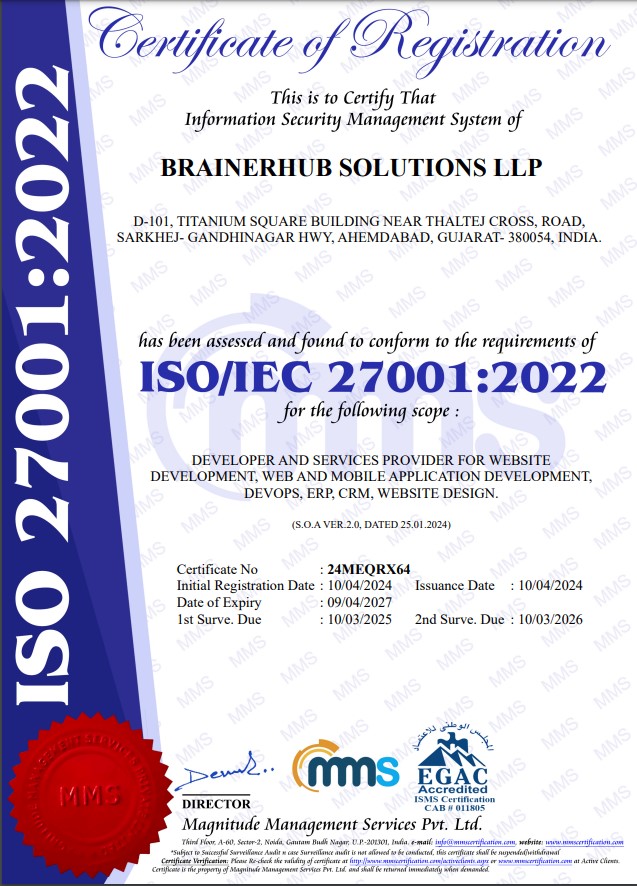When it comes to sharing data, the health sector is particularly sensitive. Vital subject if there are, is the subject of a bitter political and social debates: financing of the health system, quality of the services of care, liberalization of the pharmaceutical sector… The issues are numerous and complex. The nature of the data, affecting the privacy of persons, implies increased protection and vigilance.
Grégory Labrousse, the founder of nam.R, replies to our questions.
Big Data and Health, a growing partnership?
“However, key figures in that sector show that it is in full expansion: since 2010, 200 companies specializing in big data and health have been created, in the European Union, 5,5 billion Euros have been invested in the new Technologies at the service of health, of which 2.5 billion for the exploitation of the Big Data for the year 2015 and 14 million Euros were saved thanks to the reduction of the frauds in the health system in France »
What are the challenges that big data will help in the field of health? What are the stakeholders of the sector?
« First of all, the sector benefits from a multitude of networks collecting data. The pharmaceutical industry, healthcare institutions, research institutes and programs, doctor’s networks, sickness insurance funds and pharmacies, and connected care facilities are the main ones. These data producers will be asked to supply the five sectors where big data have a crucial role to play according to McKinsey. “The first is the prevention and follow-up of patients, the second aims to improve diagnostic techniques, the third to optimize the resources of the health sector, the fourth must control costs and the latter will bring innovation »
Personalized medicine… is it the crucial issue?
« The crucial innovation for the health sector is personalized medicine. The consequences of its development will be a reduction in the number of readmissions, a better understanding of chronic diseases and optimized treatments. Analytical tools are very present in healthcare in the United States, but their use leaves little room for real-time and big data. Indeed, the distribution of the use of analytical tools shows that the posterior analyzes remain the most used (60%), then the interventions (23%) and the prediction (19%) complete the table. »
Who will benefit from the big data in terms of health?
« Patients will be the primary beneficiaries of big data contributions to health. They will benefit from both cheaper and more personalized care, as well as a more in-depth knowledge of their functioning and therefore behaviors to be adopted to achieve given objectives. Then practitioners will benefit from measurable, precise and contextualized data. This will enable them to work more independently and make more relevant diagnoses. The world of research will see its capabilities to collect, produce and analyze data grow exponentially. Interdisciplinary projects will also be greatly facilitated. The third major beneficiary will be the state, able to control and prioritize its spending. For an estimate of the gains that could result from widespread use of big data in the sector, McKinsey calculated for the United States that out of a total budget of $2600 billion, nearly $300 billion to $450 billion Dollars could be saved, a reduction of 12% to 17%. Finally, once the ethical issues are resolved, the insurance companies can refine their offers thanks to the health data of their customers. »
Consore, a revoluBonary French project combining the research and treatments against cancer
Developed by the French Unicancer Center, Consore has two objectives: make the link between care and research to develop new research hypotheses based on the data emanating from care, and in turn to provide patients with treatment innovations developed from this research.
Two access profiles were defined: a search profile, giving access to anonymized data, and a nurse profile giving access to treatment-related data. On the research side, a search engine allows making queries on the national level indicating the number of people concerned by the given criteria. A researcher can very quickly verify the number of people concerned by his hypothesis and thus the feasibility of his work. Previously, getting this information and counting patients could take up to several months: time-saving is therefore very consistent!
The predominantly textual data requested to include a specific semantic processing, with the IB2I tool. The question of technical and linguistic interoperability also arises with the study of the interconnection of Consore with other European databases using resources written in English. The tool also has to evolve in order to integrate medical imaging (today only the analysis reports are integrated).
Learn more about nam.R and Grégory Labrousse, follow them!
Company website: https://www.namr.com
Twitter : @G_Labrousse / @namr_france
LinkedIn : @nam.R
Facebook : https://www.facebook.com/namr.fr/
Youtube : nam.R France



